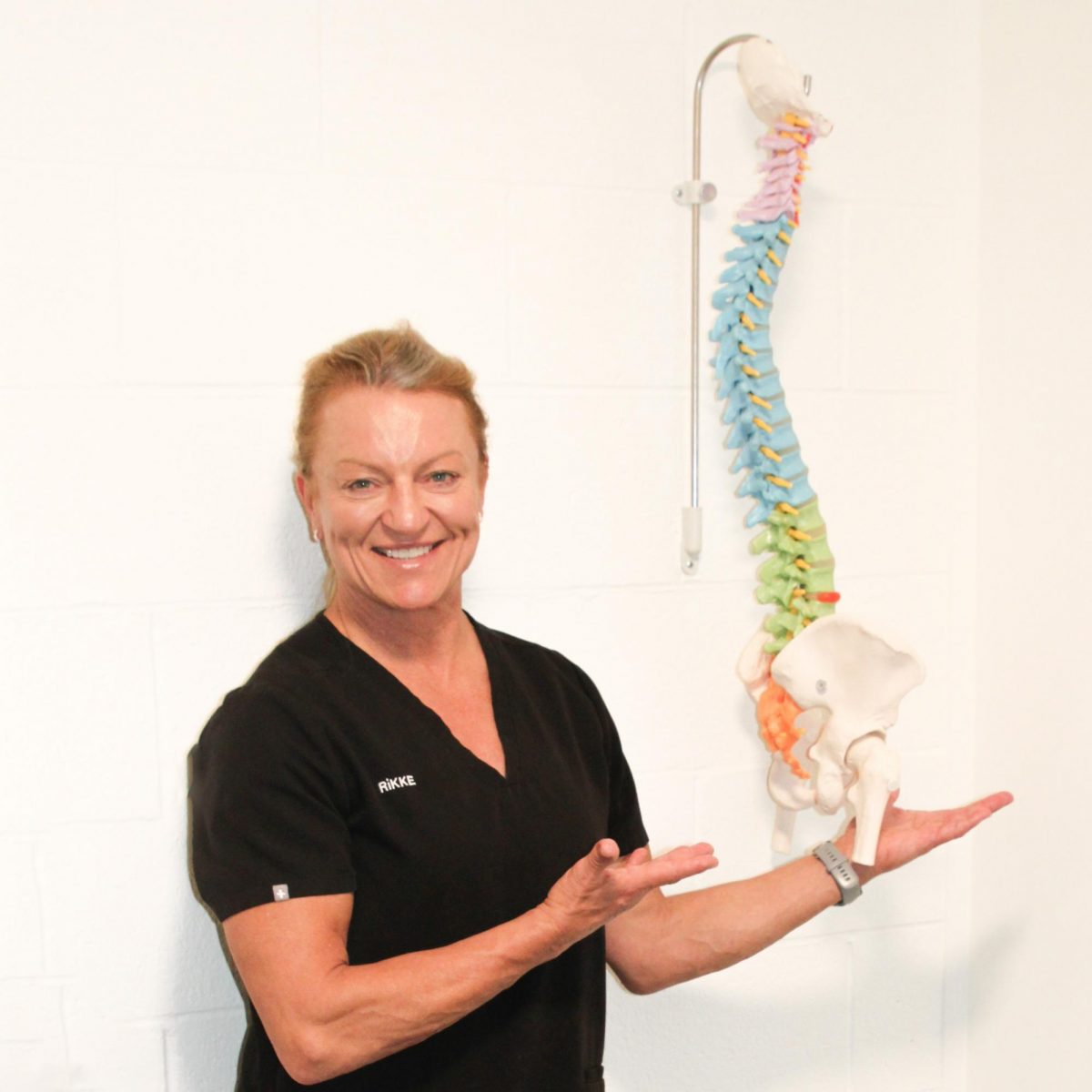A teenager hunched over a computer, face almost touching the screen and a leg asleep after the first hour. The student’s back hurts but the essay needs finishing. These cases are only becoming more common for Rikke Johansen, a chiropractor who runs her own chiropractic firm in Palo Alto.
Poor posture is prominent in a lot of teenagers. During and after the COVID-19 pandemic, teachers moved homework and assignments online, causing students to spend more time on their devices for schoolwork. According to a survey from Gitnux, a independent market research and statistics company, the average teenager spends seven hours and 22 minutes on a screen daily.
When you spend so long in the exact same spot due to prolonged screen use your posture suffers. According to Johansen, as people have started to use their laptops more in their daily lives she is seeing growing health problems.
“Sitting in a forward posture that is now normal, muscles are used to relaxing and getting elongated,” Johansen said. “Some [muscles] are getting used to being tight and short. That’s fine when you’re young. But suddenly you turn 30, and it’s not reversible anymore. And then it can be too late.”
These problems are compounded in teenagers whose bodies are still growing and developing. But as Johansen says, it’s harder for teenagers to notice the immediate repercussions of their actions.
“What does it do to connective tissue of the spine and to the discs?” Johansen said. “[It creates] weakness with developing certain muscles and the tightness in other muscles will set us up for really bad things down the line.”
Johansen says that later in life, these weakened muscles can lead to rib cages that can’t expand enough for your lungs, decreased heart functionality and a host of other problems.
Palo Alto High School Sophomore Jasper Friend talked about his experiences with posture. “Every time I’m straightening my back it’s because I remembered I’m not, but I have a bad back and have gotten a ton of injuries from it,” Friend said. “But lately I’ve been getting better and have been having to think about it less,”.
So how can you improve your posture? Johansen provided a few ways that you can start. First, you should take breaks often. It can be hard to get off of your phone. But sometimes it’s something that you really need to do.
“You can make changes to your forward head posture by just getting up, doing a cover stretches, doing some opposing movements to be in forward by just doing a couple of stretches, doing some movement, get the blood flowing,” Johansen said.
Johansen recommends taking a break every hour and doing something active. Even if you have to do homework, you still need to think of your posture.
In addition to taking breaks, you can improve your subconscious posture. As you spend more and more time in front of a computer, your head gravitates forward and bends your spine. Your body is designed to hold up the weight of your head while it’s directly above your spine, and thus as it gravitates forward, your body has less leverage on your head, making it weigh relatively more on your spine.
“If we just look at the head in itself weighs 10 to 12 pounds, right?” Johansen said. “The minute we are looking down at about 45 degrees, your head suddenly weighs about 50 pounds.”
According to Johansen, posture is an unnoticed part of your life that is becoming a national epidemic. And your posture is only going to get worse.
“You’ve all heard them talk about sitting as the new smoking and it is,” Johansen said.













